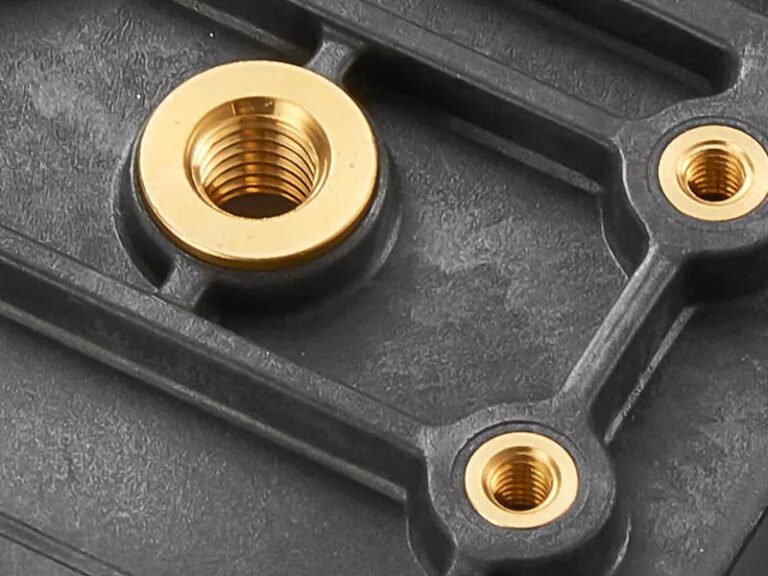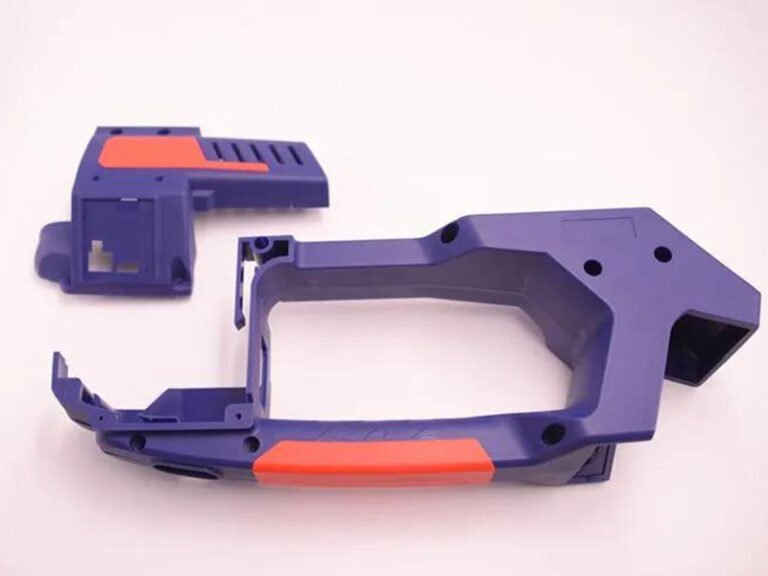Gasket vs Seal, What are the key differences? It’s a common misunderstanding that gaskets and seals are the same, but despite their similar functions in preventing leaks, they serve distinct purposes and are used in different applications. To clarify, gaskets typically function as static seals between flat surfaces, such as joints or flanges, whereas seals are used in dynamic environments, like those involving rotating shafts, pumps, and engines. In this post, we will explore the key differences between gaskets and seals, providing a comprehensive comparison to help you make informed decisions for your projects.
What is a Gasket?
A gasket is a ring or sheet made of a flexible material designed to create a static seal. A custom plastic gasket is a mechanical seal. It prevents leakage between flat surfaces in various applications, including flanges, joints, and other mating surfaces.
Key Characteristics of Gaskets:
- Typically flat and thin.
- Used between stationary components.
- Often compressed when installed.
- It can be cut into various shapes and sizes.
- Generally less expensive than seals.
- Gaskets are relatively easy to replace and are often changed during routine maintenance or when equipment is disassembled.
Manufacturing Processes of Gasket
Gaskets can be manufactured using various techniques, depending on the material and intended application, such as:
- Custom die cutting, CNC cutting, OEM waterjet cutting
- Compression molding, Injection molding gasket, Transfer molding, Calendering
- CNC turning, CNC grinding
- Spiral Wound Gasket, Expanded Graphite Gasket, Metal Jacketed Gasket
- Coating treatment, heat treatment, vulcanization
Gasket Materials:
- Cork
- Paper
- Rubber
- Silicone
- Metal (for high-temperature applications)
- Graphite
- PTFE (Teflon)
Common Applications of Gasket:
- Pipe flanges
- Automotive cylinder heads
- Pumps and valves
- HVAC systems
- Industrial machinery joints
What is a seal?
Seals, on the other hand, cover a broader category, including valve stem seals, rotary seals, and mechanical seals. custom Rubber silicone seals ring are designed for dynamic applications where components are in motion, such as in motors, engines, pumps, and rotary shafts. Typically, seals are flat and round with an angled inner ring of rubber surrounded by a metal outer ring. This design helps prevent leakage in dynamic settings by ensuring a tight seal between moving parts and keeping contaminants out of the system.
Key Characteristics of Seals:
- Often have a more complex design.
- Used between moving and stationary parts.
- May include spring-loaded components.
- Typically circular or cylindrical in shape.
- Generally more durable and longer-lasting than gaskets.
- Replacing a seal can be more complex and time-consuming than replacing a gasket, often requiring the disassembly of the entire assembly to access and replace the damaged seal.
Manufacturing Processes of Gasket:
- Injection Molding
- Compression Molding
- Transfer Molding
- Extrusion Molding
- CNC Machine
- Coating treatment, vulcanization
Common Applications of Seal:
- Rotating shafts in motors and engines
- Hydraulic and pneumatic cylinders
- Pump shafts
- Automotive crankshafts and camshafts
- Aerospace applications
Seal Materials:
- Elastomers (various types of rubber)
- PTFE (Teflon)
- Polyurethane
- Metal (for extreme conditions)
Other Differences Gasket vs Seal
Environmental Considerations
Gaskets often need to withstand static pressure and temperature changes.
Seals must endure dynamic conditions, including friction, heat generation, and potential contaminants.
Customization and Design
Gaskets can often be easily customized or even cut on-site for specific applications.
Seals typically require more precise engineering and are usually manufactured to exact specifications.
Cost Implications
Gaskets are generally less expensive due to simpler designs and easier installation.
Seals tend to be more costly due to complex designs, specialized materials, and more involved installation processes.
Choose Considerations Between Gasket vs Seal
When deciding between a gasket and a seal, several factors must be considered to ensure optimal performance and reliability. Here are the key factors to consider:
1. Application Type
- Gaskets are typically used for static applications between non-moving surfaces, like pipe flanges or joints.
- Seals are designed for dynamic environments with moving parts, such as rotating shafts, pumps, and engines.
2. Performance factors
- For gaskets: compression set resistance, chemical compatibility, temperature resistance, and conformability to surface irregularities.
- For seals: wear resistance, friction characteristics, heat dissipation, and pressure handling capabilities.
3. Material
- Gaskets can be made from a wide range of materials including cork, paper, rubber, silicone, metal, and graphite.
- Seals are often made from elastomers, PTFE, polyurethane, or metal for extreme conditions.
4. Installation and replacement:
- Gaskets are generally easier to install and replace, often changed during routine maintenance.
- Seals usually require more precise installation and can be more time-consuming and costly to replace.
5. Customization
- Gaskets can often be easily customized or cut on-site. They are usually flat and can be cut to various shapes and sizes to fit between flanges.
- Seals typically require more precise engineering and manufacturing to exact specifications. They are typically circular or cylindrical, and may include spring-loaded components.
6. Cost:
- Gaskets are typically less expensive due to simpler designs and easier installation.
- Seals tend to be more costly due to complex designs and specialized materials.
Gaskets VS Seals Conclusion
Both gaskets and seals play crucial roles in maintaining the integrity and efficiency of mechanical systems across various industries. Gaskets are typically used in static applications where components remain stationary. They are designed to fill the space between two flat surfaces, creating a pressure-tight seal. Seals are used in dynamic applications where there is movement, such as rotating shafts and reciprocating pistons. By understanding the key differences between gaskets and seals and evaluating the specific needs of your application, you can make an informed decision that ensures the efficiency, reliability, and longevity of your machinery and systems.
Seal vs Gasket FAQ
No, they are not same. Gasket is used to fill the space between two mating surfaces to prevent leaks from or into the joined objects. O ring is a type of seal that fits into a groove and is compressed to provide a tight seal.
Not all seals can be used as gaskets, and the suitability of using a seal as a gasket depends on the specific design and application requirements.




